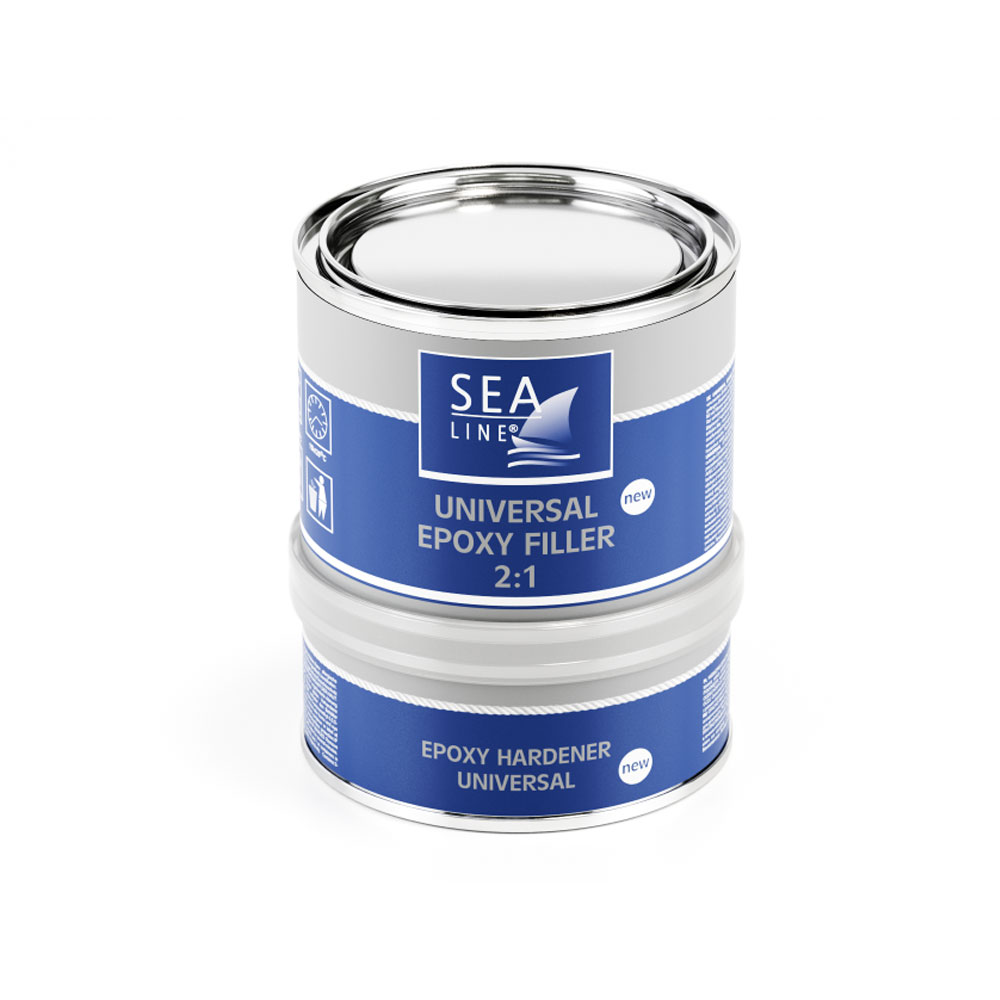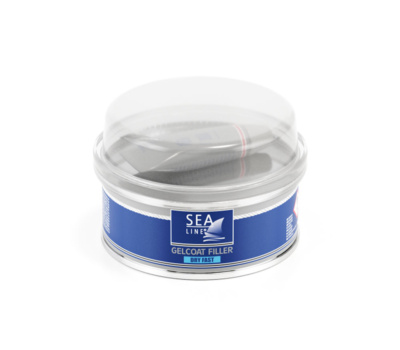Epoxy fillers are primarily the only fillers recommended for use on hull components constantly immersed in water.
However, they can be successfully used both above and below the waterline.
| Weight | Code | |
|---|---|---|
| set (A+B) | 750 g | 12200 |
| component A | 5 kg | 12286 |
| component B (hardener) | 2,5 kg | 12287 |

Manually:
| Type of surface | GRP laminates, wood steel, aluminum |
| Place | Above and below waterline |
| Function | Fast repairs small scratches and damages |
| Color | light grey |

Epoxy fillers, including fiberglass filler, are primarily the only fillers truly recommended for use both

Recommended for large areas due to low own weight

Gelcoat Filler is very fast hard and easy in use.
We do not recommend using universal thinners. The use of a thinner with an unknown composition may result in loss of adhesion, lack of proper flow of paint and varnish defects.
We recommend to always sand the surface between applying two different products to ensure uniform surface roughness and adhesion of subsequent layers. The sanded surface should also be cleaned and degreased.